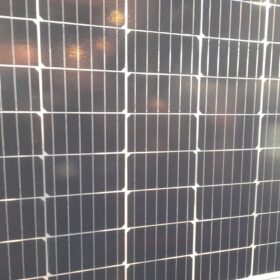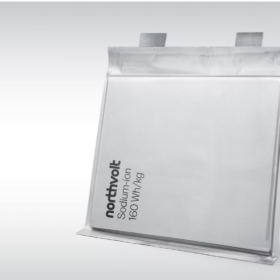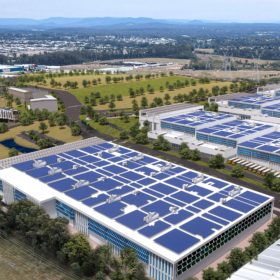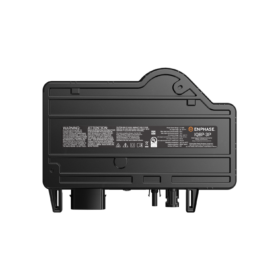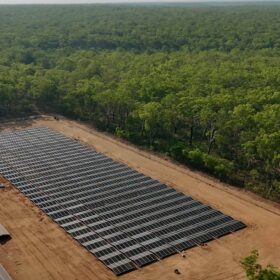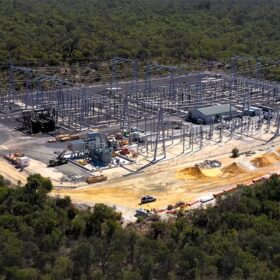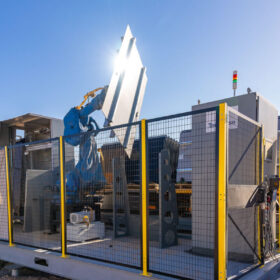PERC inventor from UNSW discusses the future of the technology
University of New South Wales academic Aihua Wang is the first female recipient of the United Kingdom’s Queen Elizabeth Prize (QEPrize) for Engineering, after sharing the 2023 award with Andrew Blakers, Martin Green, and her husband Jianhua Zhao for their work developing the passivated emitter rear contact (PERC) solar cell. pv magazine caught up with her to ask about the achievement.
Northvolt unveils 160 Wh/kg sodium-ion battery
Swedish battery maker Northvolt has developed its first sodium-ion battery. The cell has been validated for an energy density of more than 160 Wh/kg and is designed for energy storage applications.
Superfund commits $1 billion to developer involved in green data centres
Superannuation fund Rest has announced it will invest $1 billion (655 million) into Australian-owned renewable energy investor and developer, Quinbrook Infrastructure Partners. The fund has a particular eye to green data storage centres.
Enphase introduces commercial-scale microinverter
Enphase’s new IQ8-3P solar microinverter offers peak power output of up to 480 W.
Modular tech has Territory solar and storage project on fast track
A solar and battery energy storage project that will deliver a major boost to the renewable energy system that helps power a remote community on Bathurst Island off Australia’s northern coastline is rapidly nearing completion with a team of four workers taking just four days to roll out 1.2 MW of solar.
WA commits $708 million to future-proof state’s main grid
The Western Australian government will invest more than $700 million (USD 455 million) to deliver the step change in electricity transmission infrastructure needed to unlock renewable energy generation opportunities that will support the state’s energy transformation.
Watch: Robots install solar project in Arizona desert
In its first commercial project, United States-based solar technology company Terabase Energy has successfully installed 17 MW of a 225 MW solar facility with its automated Terafab platform.
‘Cool roofs’ increase power yield in bifacial rooftop PV systems
A Spanish-Algerian research group has tested how “cool roofs” could help increase power yield in rooftop bifacial PV systems. Cool roofs are based on coating materials with high reflectance properties.
New MPPT approach for multi-string PV systems under partial shading
Egyptian researchers has developed a multi-string PV system with a converter control strategy, achieving 99.81% efficiency with a direct duty cycle for maximum power point tracking (MPPT).
Residential photovoltaic panels with high partial shading tolerance, high voltage
Scientists from South Korea have designed new photovoltaic modules with both rectangular and triangular shapes and solar cells connected in parallel, which they said have higher partial-shading tolerance compared with cells connected in strings. The panels are reportedly less sensitive to partial-shading geometries than shingled modules.
